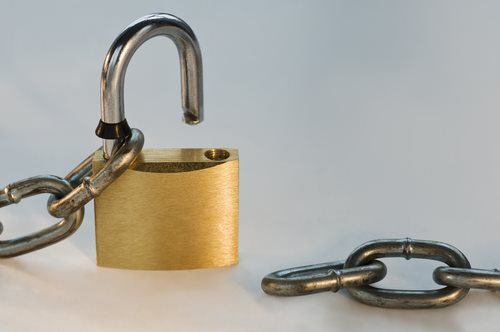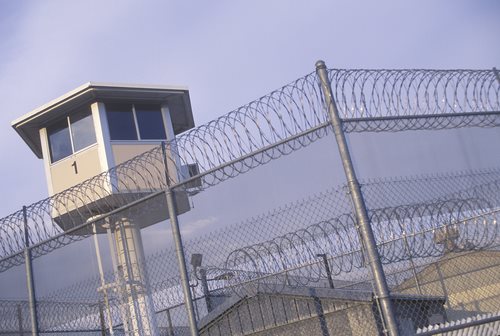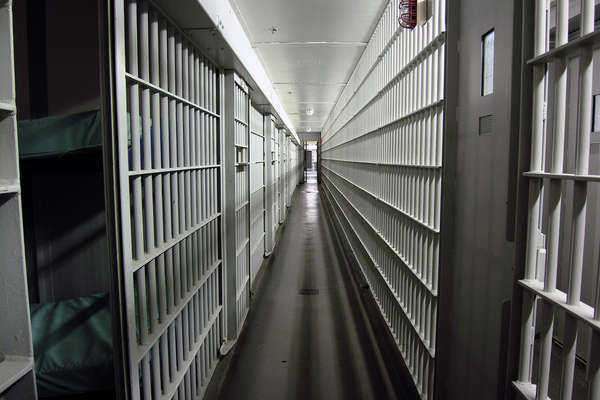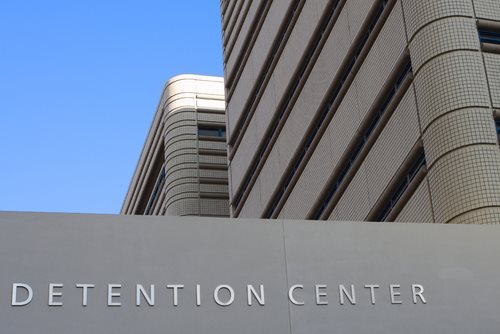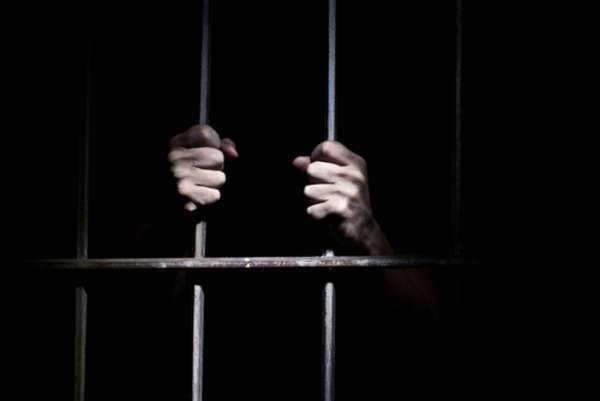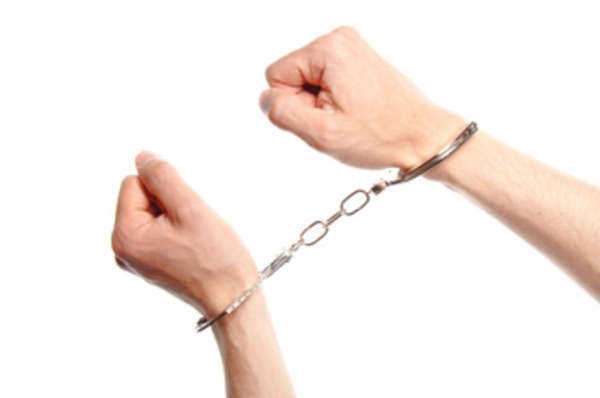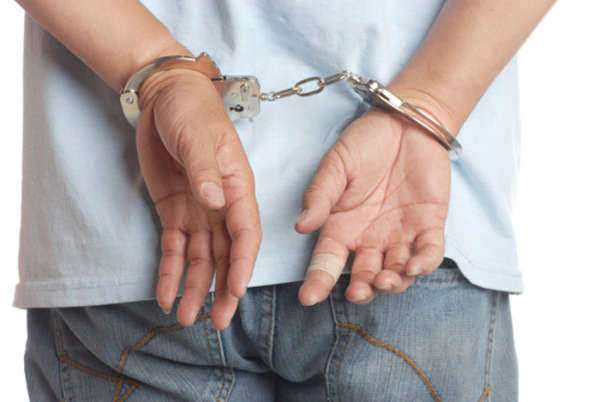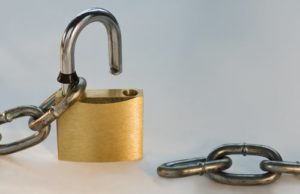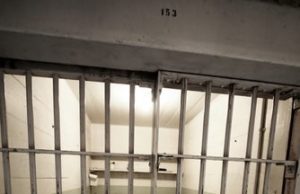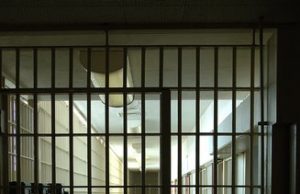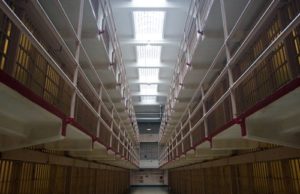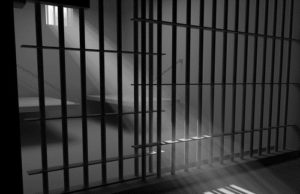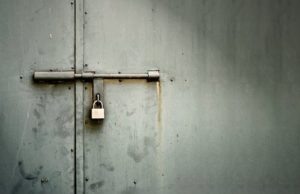The Truth About Death Row Inmates
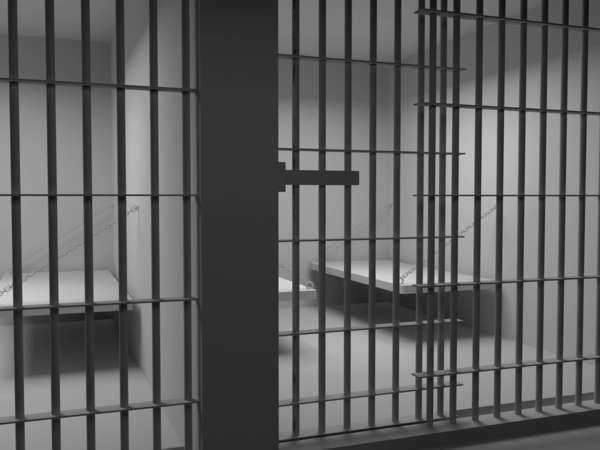
Death row inmates are individuals who have been convicted of committing capital crimes and have been sentenced to the death penalty as punishment. In many instances, there are separate facilities to house death row inmates, however, this is not always the case. A death row inmate will remain “on death row” until the appeals process has been complete.
Subsequently, if his/her sentence is not overturned, his/her execution will be scheduled. While awaiting his/her execution, a death row inmate will remain in a maximum security prison. In many instances, an individual will be required to remain incarcerated for many years before his/her fate is decided and his/her execution is carried out. For example, it is possible for an inmate to remain on death row for over ten years, with the longest recorded stay being thirty five years.
Unless their sentences are overturned, death row inmates will eventually be executed by lethal gas, lethal injection, firing squad, hanging, or electrocution. Currently, the majority of Texas death row inmates, and death row inmates throughout the country, are executed by lethal injection.
Texas has one of the largest populations of death row inmates in the country, along with Florida and California. As of 2008, there were of 3,500 people on death row. Only 61 of these inmates were women. Death row inmates have been convicted of murder, though the specific aspects of each case vary greatly. For example, an individual who shot another person, whether purposely or accidentally, during a robbery, can be on death row with a serial murderer.

